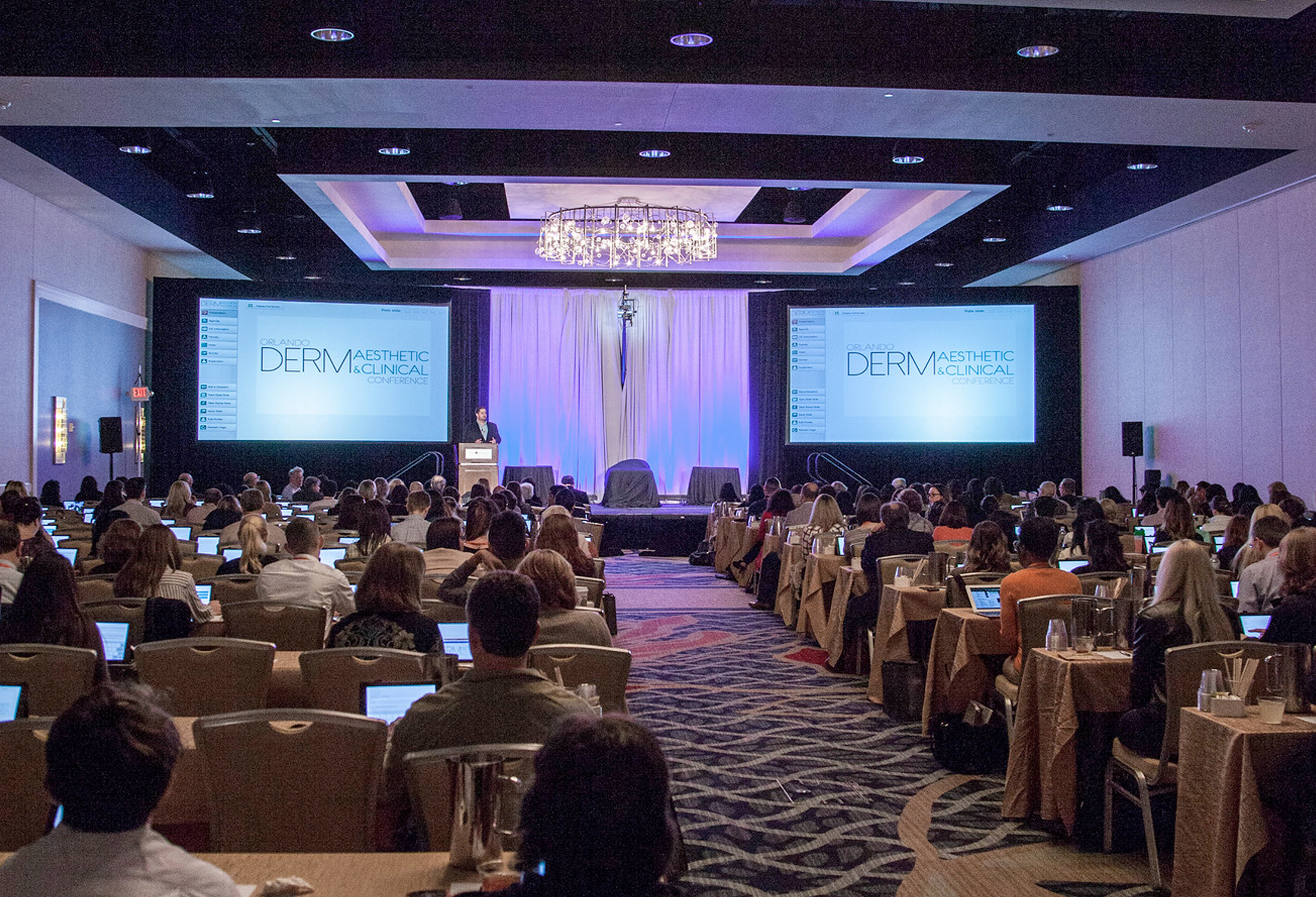NEW YORK (Feb. 27, 2020) – A Note from Shelley Tanner, SanovaWorks CEO/President
Ask a Boomer, a Gen Xer, and a Millennial about their favorite icon. Considering the word “icon” means different things to different people, the answers will likely vary. An icon is a person of great stature, a Boomer might reply. A Millennial may point to an app on a smartphone. GenX may request clarification. Communicating with audiences that include multiple generations requires a multidimensional approach. For the first time in history 4 – 5 generations are working together in the workforce. This presents challenges for human resources, communication directors, and learning and development teams. How do we effectively bridge the gap between generations for generational learning? At SanovaWorks we consider the differences in communication and learning styles among our multigenerational clients. We make sure we hit all the marks when presenting the educational materials through our print, online and in person conferences. Why? Because results matter.
What is a generation?
Wikipedia defines a generation as:
“All of the people born and living at about the same time, regarded collectively.” It can also be described as, “the average period, generally considered to be about thirty years, during which children are born and grow up, become adults, and begin to have children of their own”.
For the first time in history 4 – 5 generations are in the workforce a the same time. Those generations are:
- Traditionalists—born 1925 to 1945
- Baby Boomers—born 1946 to 1964
- Generation X—born 1965 to 1980
- Millennials—born 1981 to 2000
- Generation Z—born 2001 to 2020
According to a 2015 Pew Research Center survey “just 26% of internet users ages 65 and over say they feel very confident when using computers, smartphones or other electronic devices to do the things they need to do online”.
Teeniors is an inspiration
The startup Teeniors founded by Trish Lopez, pairs teens and young adults with older adults to help them learn technology through one-on-one coaching. This brilliant idea was born out of a personal need when Trish realized her mother needed help.
In this NPR article that first aired on Morning Edition Trish explains, “The intergenerational learning experience is really remarkable and that’s why I always say the main service we provide is not tech support. It is human connection.”
Millennials are currently the largest group in the workforce. However, considering that in the field of healthcare, practitioners don’t tend to retire early–or at all. Many doctors and nurses continue to work into their golden years. This presents a unique challenge when communicating, educating, and marketing to these individuals.
Bridging the gap between generations is necessary to effectively get your message out, and educate in the preferred mode or learning and communication style. Doctors aged 75 and 35 consume information in different ways. Print is more appropriate for one age group while email is the preference for the other. One generation uses pen and paper while another uses apps like Evernote.
Print vs. Digital, the Great Debate
This article, that first appeared in Education Week in 2014, highlights research that shows greater comprehension when reading is performed via print rather than in digital format.
“We have to move into the 21st century, but we should do so with great care to build a ‘bi-literate’ brain that has the circuitry for ‘deep reading’ skills, and at the same time is adept with technology,” said Maryanne Wolf, the director of the Center for Reading and Language Research at Tufts University in Medford, Mass.
And this article from the Washington post proclaims, “Textbook makers, bookstore owners and college student surveys all say millennials still strongly prefer print for pleasure and learning, a bias that surprises reading experts given the same group’s proclivity to consume most other content digitally.”
What is Generational Learning?
The various generations have always had their own language, slang and pop culture. But since the technology age has been fully ushered in, generational learning differences are of major consideration when presenting content, data, and learning objectives. Communication channels are also of significant interest across the generations. While one generation prefers emails, another prefers phone calls, and yet another would rather get a text message.
There are key distinctions on how generations in the workforce today learn most comfortably. Baby Boomers were taught in a linear fashion. Gen Xers were taught in pods or modules. Millennials were taught in a more constructivist environment. Examining these differences and finding similarities and opportunities for connecting the generations in the classroom or online is a key component to success.
The subject matters.
Linda Warren explains “Having considered educational trends and computer skills, it’s important to note that the nature of a subject has a lot to do with the way it is taught. For example, some topics have to be taught in a linear manner. Some have definite right and wrong answers while others allow multiple correct options. The subject matter has a lot to do with the way training is structured, regardless of the target audience”
How SanovaWorks Bridges the Generational Gap
At SanovaWorks we offer diverse material and tailor each communication and learning experience so that we reach our unique and niche audiences that span across the generations. We effectively bridge generational gaps using a mix of print, digital content, email, websites, study tools, podcasts and of course of sold out live conferences.
We cater to individuals who learn by:
- classroom lecture
- listening
- reading
- taking tests
- in class participation
- reflection and feedback
- highly personalized training
- on-demand information
- self-directed that enable them to learn on their own schedule
REFERENCES:
Barriers to Adoption and Attitudes Towards Technology
Youth Teaching Tech To Seniors Fosters Generational Connections, NPR
Are Learning Differences Between Generations a Myth
Why digital natives prefer reading in print. Yes, you read that right.

